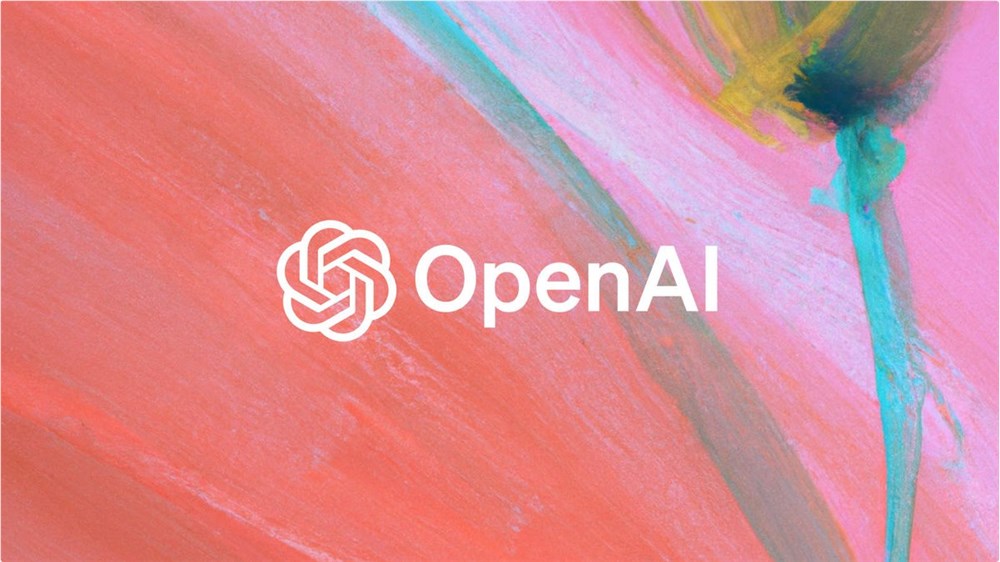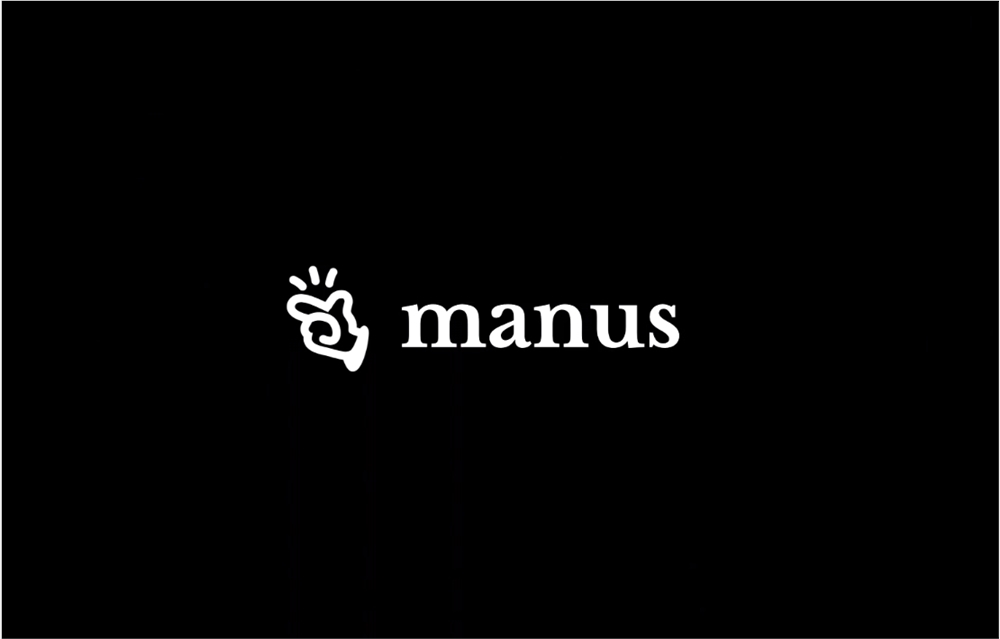Recently, The Information disclosed OpenAI's internal financial forecasts, revealing a radical growth strategy accompanied by significant losses and severe reliance on partners like Microsoft, sparking widespread attention.

This artificial intelligence company has devised an extremely ambitious growth strategy, anticipating revenue to reach $100 billion by 2029, a 100-fold increase from 2023. However, OpenAI does not plan to achieve profitability before this. According to The Information, losses could triple by 2026, reaching $140 billion, not including stock-based compensation, citing "an analysis of data contained in OpenAI's financial documents."
Burning Cash Continues
In the first half of 2024, OpenAI's cash burn was substantial, consuming $340 million, leaving only $1 billion in hand, with plans to continue fundraising. The company estimates total losses over the period from 2023 to 2028 could reach $44 billion.
A significant portion of the expenses, estimated at 60% to 80%, will be used for training and operating AI models. By 2026, OpenAI expects training costs alone to reach $10 billion, with research expenses increasing by another $5 billion.
Interestingly, despite OpenAI's current gross margin of 41%, far below the 65% average for industry cloud software startups, the company plans to increase this to 67% by 2028.
ChatGPT Remains the Main Revenue Source
In terms of revenue, OpenAI continues to rely on ChatGPT as its primary profit driver, with API sales far lagging behind the earnings from ChatGPT. By 2029, the price of ChatGPT is expected to double.
Additionally, OpenAI plans to introduce new products such as video generation and robotics software, with revenue from these new products expected to exceed API sales by the end of 2025, reaching nearly $2 billion.
The company is also facing significant pressure on personnel costs, which are expected to surge from $700 million in 2024 to $2 billion in 2025. Meanwhile, OpenAI anticipates a decrease in data costs, meaning a reduced reliance on external data sources. To integrate existing content into the upcoming SearchGPT product, OpenAI has signed multiple media licensing agreements.
Although computing costs are not yet clear, Microsoft seems to have offset some cloud service fees through investment. OpenAI also plans to invest in data centers and custom AI chips, although these costs are not fully reflected in the financial forecasts.
Key Points:
1. 💰 OpenAI expects revenue to reach $100 billion by 2029 but will not be profitable before then, with losses reaching $140 billion by 2026.
2. 📈 ChatGPT is the main revenue source, with its price expected to double by 2029, and new products like video generation are projected to surpass API sales by the end of 2025.
3. 👥 Personnel costs are expected to increase from $700 million in 2024 to $2 billion in 2025, while data costs are anticipated to decrease.



